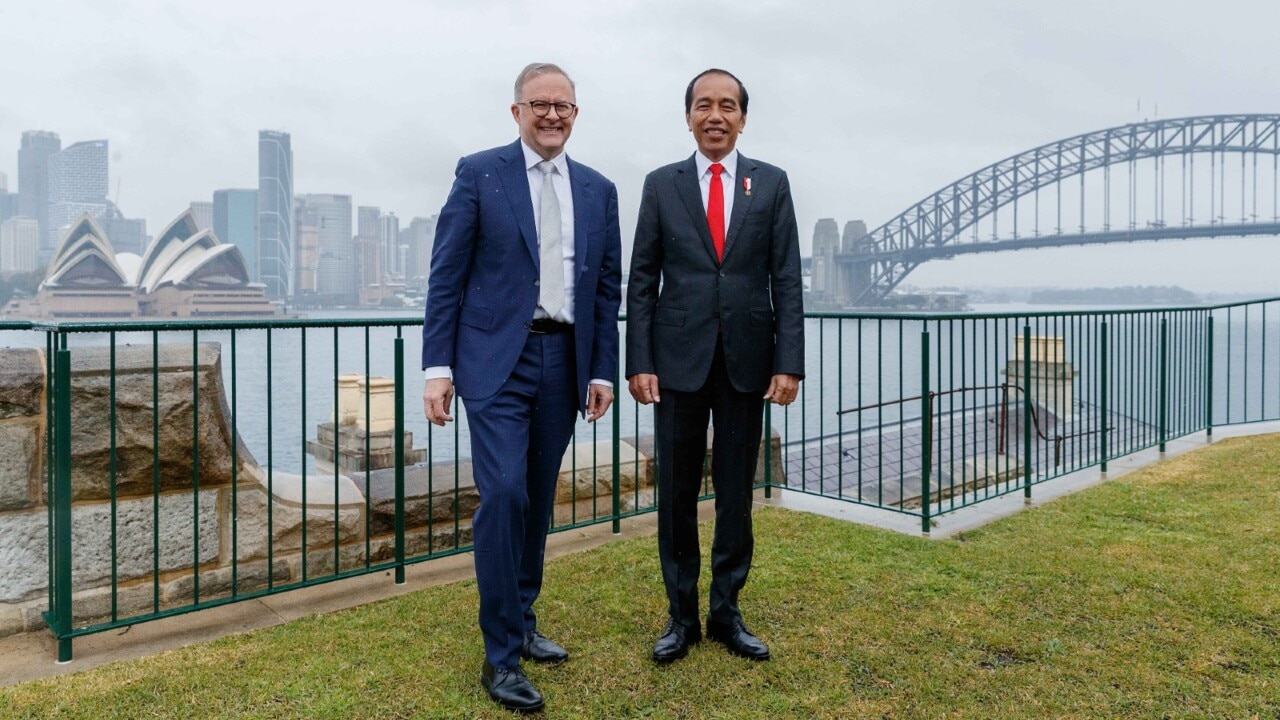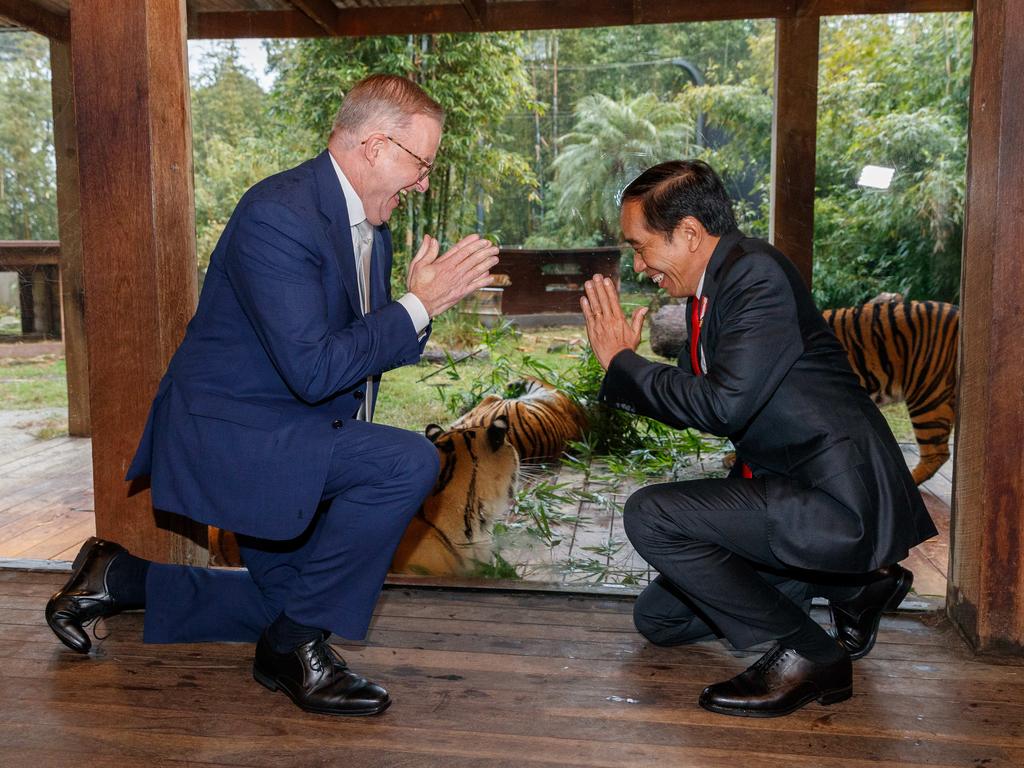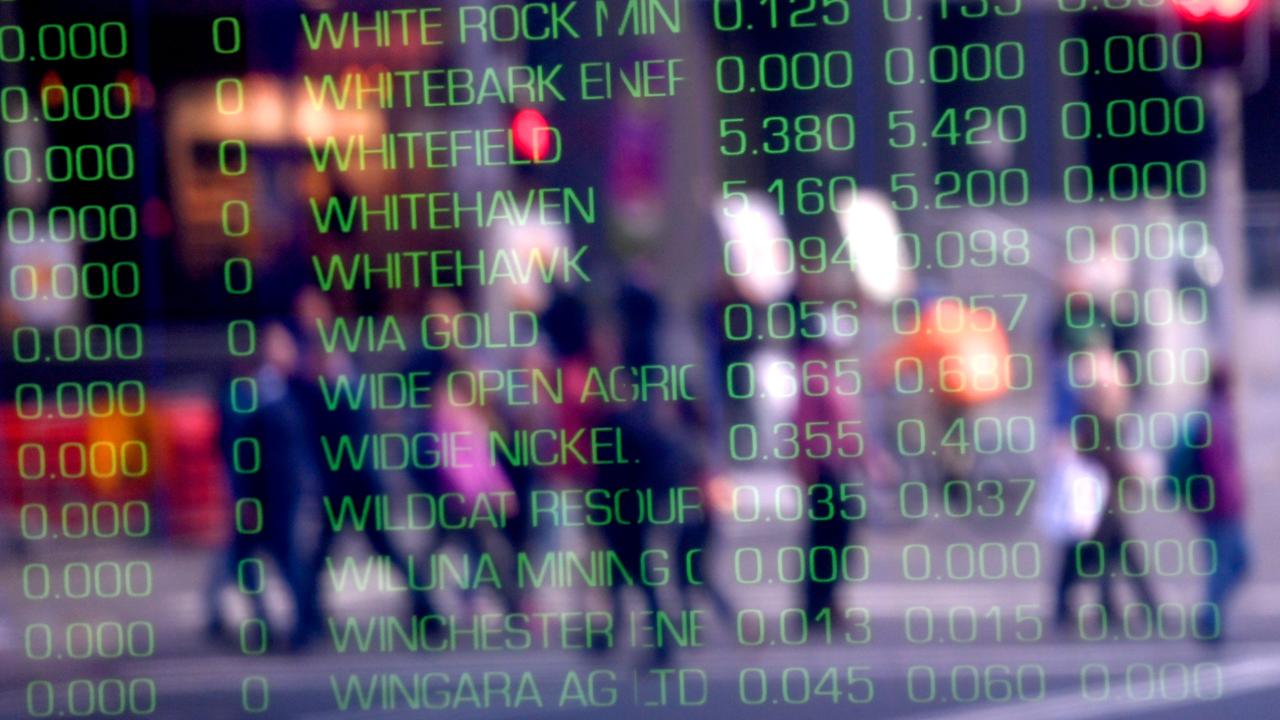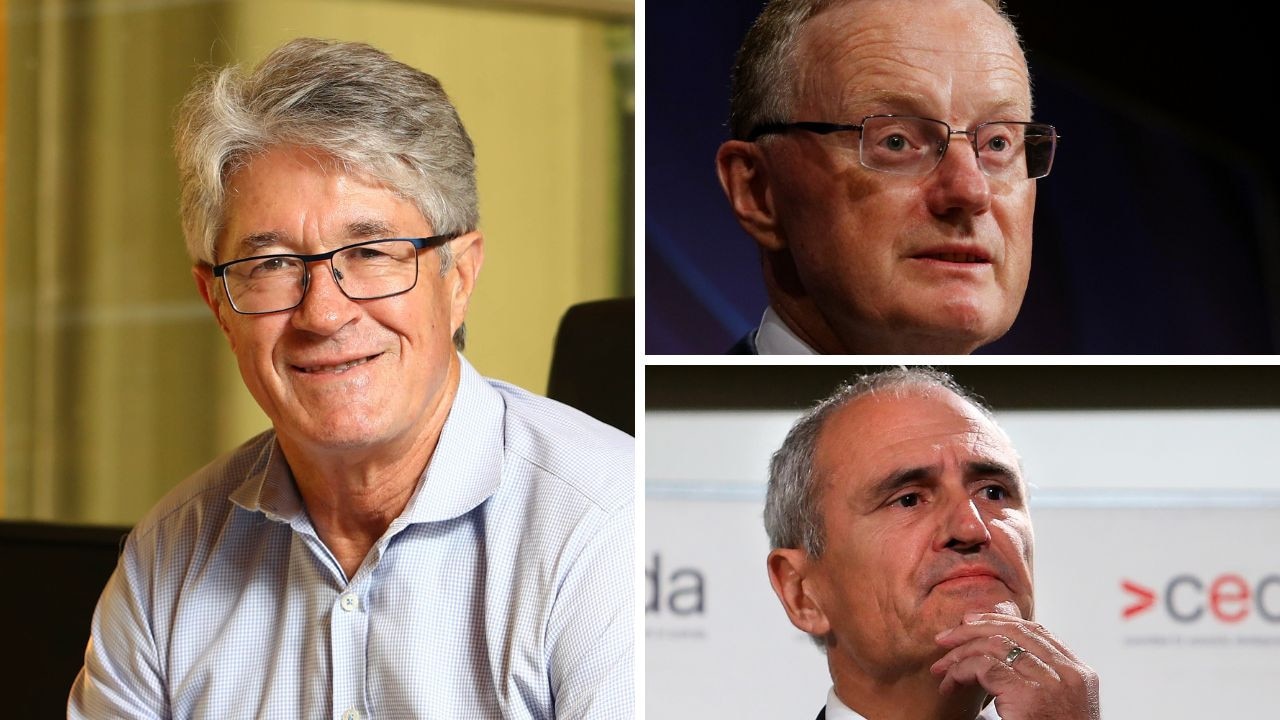
Speaking at a breakfast in Sydney hosted by Asialink Business on Wednesday, the federal government’s Special Envoy for Southeast Asia argued that Australian companies should see the potential in Southeast Asia as being akin to that of the nascent economy in Japan in the 1950s.
He says Australian companies need to look more closely at development in the region, including urbanisation and a burgeoning middle class.
Australia’s two-way trade with the region currently makes up 14 per cent of its total trade.
But as Moore noted, many Australian companies have overlooked the region for larger, and apparently easier, markets in Japan, the US, Europe and China.
The Albanese government has stepped up its engagement with the region, including this week’s visit by Indonesian President Joko Widodo, who hosted a round table of business leaders in Sydney this week.
Both this federal government and the previous one have been pushing the mantra of the importance of “diversification” of Australian trade – or the need to step up the focus on doing business with countries other than China, Australia’s largest trading partner, given tensions in the relationship.
On the face of it, this seems like a good idea. But there are points to be made here.
First, each business has to make its own decisions on how to balance up the costs and risks of doing business in other markets.
It is naive for politicians to think that businesses are not constantly evaluating and re-evaluating risk and reward opportunities of different global markets.
Companies doing business with China or still hoping to are not naive about the political risks.
That said, what policies can governments adopt to encourage more trade with other countries, particularly those in our region, where there is also a good strategic reason to do so?
Trade policy is littered with rhetoric from political leaders visiting countries, optimistic talk about the potential of free trade agreements and report after report with grand titles, full of well meaning suggestions and goals (always out to some distant future) that are never quite achieved.

There are reasons companies have flown over our near north for larger or possibly easier markets – including the complexity of navigating different rules and regulations, language challenges, and varying degrees of political risks in the countries of ASEAN. Entering a larger market can be a lot simpler.
Having accepted the offer to be special envoy from Malaysian-born Foreign Minister Penny Wong, Moore’s job is to talk up the opportunities of more trade and investment links and to come up with a list of recommendations on how to improve things.
But there are reasons to take his work on the proposed Southeast Asia Economic Strategy to 2040, expected to be released around September, seriously.
Moore, who was CEO of Macquarie for a decade, is a highly experienced businessman who is well connected, energetic and committed to producing a document that will bring results.
And, as Moore noted at the breakfast, it is an area the government is taking seriously.
The federal budget in May included more than $55.7m over the forward estimates to “deepen” ties with Southeast Asia.
Asialink Business, which was set up in response to 2012’s Australia in the Asian Century white paper, which called for measures to improve Australia’s capacity to do business with Asia, received more funding (another $14.9m) as part of this strategy.
Since Moore was appointed, his Department of Foreign Affairs-backed task force (of up to 12 staff) has met with more than 500 organisations and received more than 200 submissions, most of which he says have high-quality suggestions on ways to improve trade ties.
Moore gave some hints as to what will be in the report – setting out four key areas for its recommendations.
These consist of measures to increase the awareness of the business opportunities in Southeast Asia, an examination of areas of friction inhibiting trade (given that there is already a raft of FTAs with ASEAN countries), ways to improve the capability and skills in areas of mutual interest, and measures to improve the flow of investments in both directions.
As Moore and others have noted, there are risks that Australia’s view of the region – particularly countries such as Indonesia – are out of date.
One way to boost ties is to encourage more two-way visits.
Moore sees Australian chambers of commerce in the region as having the potential to encourage more visits by businesses to see the opportunities in the region.
He cites the success of the very active Australia Israel Chamber of Commerce in encouraging high-level visits to Israel.
He also argues that there is greater potential to leverage universities that already have strong ties with the region and have students with goodwill towards doing business with Australia.
Another issue raised by the Indonesia leader this week was that of visas.
Australian governments talk up engagement with the region, but this needs to be matched with measures to make it easier for more personal exchanges.
The government could commit to more resources for processing, which would make it easier for those people from the region who can legitimately come to Australia – either for trade or tourism – to gain visas.
When it comes to Asian capabilities, of course, there are endless examples of Australians with extensive experience in Asia coming back home and not being able to put them to use.
At the same time, Australia already has many well-educated Asian-born residents whose expertise, connections and language skills are rarely leveraged for their full potential.
Moore’s report can be expected to contain a wide range of practical recommendations that deserve to be taken seriously.
And Australia does need to work at its ties with Asia, where there are genuine opportunities and where the countries are developing at a faster rate than many Australians appreciate.
If he is even half right about comparing the region’s potential to the opening up of Japan from the 1950s, there are plenty of opportunities ahead.






Former Macquarie chief executive Nicholas Moore says he is optimistic about the prospect of more Australian trade with Southeast Asia.